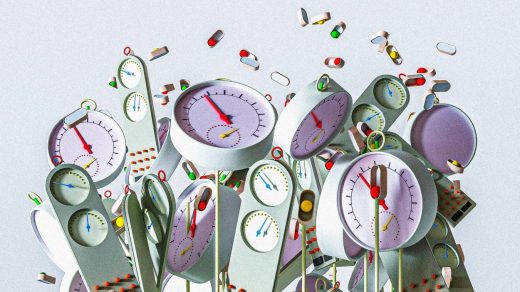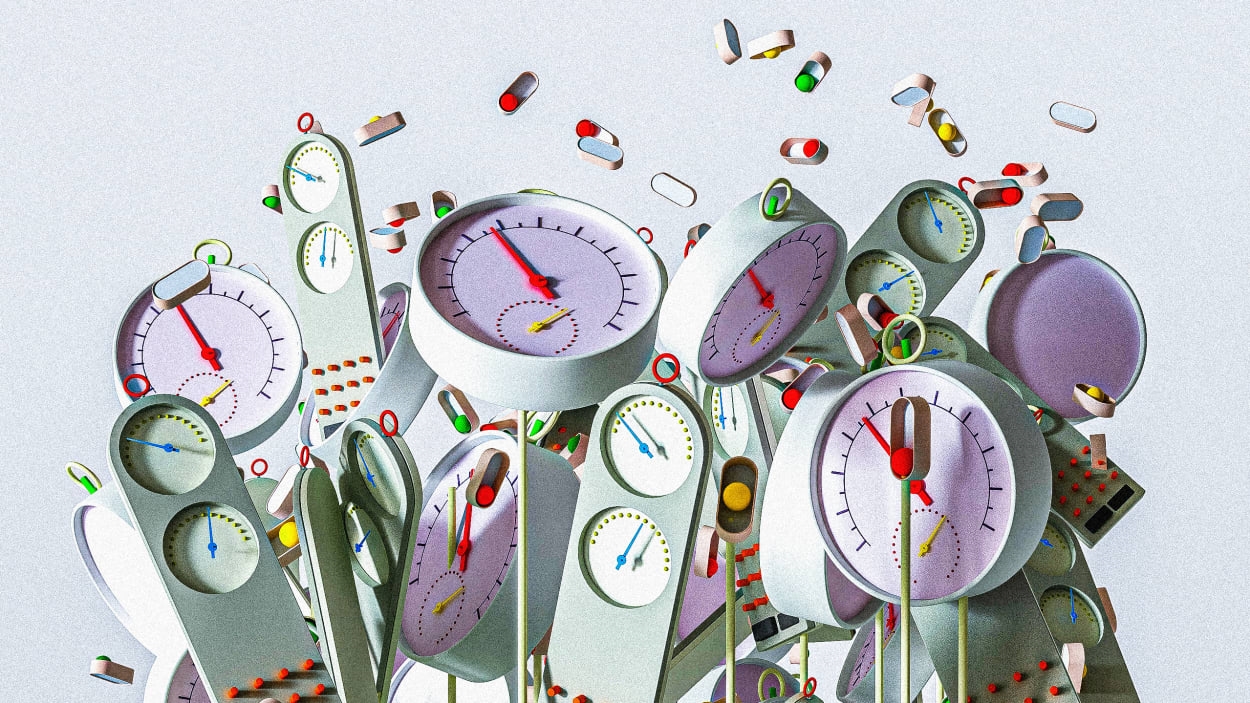5 scientific breakthroughs in 2022 that should give you hope for the future
While there was no shortage of upsetting news in 2022, researchers and science enthusiasts can point to a number of uplifting advancements and discoveries to revive hope in humanity. This year, the brightest minds in STEMs brought us steps closer to a revolutionary future, with breakthroughs in energy production, space exploration, and planet protection. Here are five scientific breakthroughs from 2022 to reflect on how far we’ve come.
We hit a nuclear-fusion milestone
It took 70 years, but physicists at the National Ignition Facility (NIF) finally had more output than energy input. Although commercial production of fusion energy is still a pipe dream, researchers at NIF in California have done what a similar project in France has yet to do. The hope for the future is more energy gains from nuclear fusion, which can provide an infinite source of clean energy that’s carbon-free and doesn’t emit radioactive waste.
We also made better batteries
While climate change rages on, researchers are steadfast in developing clean and alternative forms of energy to counter the harm done by fossil fuels. At the University of Sydney, scientists engineered a sodium-sulfur battery that can be made using seawater, storing four times the energy as lithium-ion batteries and costing much less. Over at Penn State, engineers figured out a way to charge electric vehicle batteries in 10 minutes, which could help in the broader adoption of gasoline-free cars.
. . . and simulated a wormhole
Google’s quantum computer, Sycamore 2, was used to replicate a wormhole and transfer information through it. Modeled after the Holographic Principle, the experiment was used to imitate the hypothesis that connected black holes lead to wormholes, which are tunnels through space and time.
Our universe came into focus
About a year ago, NASA launched the James Webb Space Telescope. A million miles away from the Earth’s surface, it not only gives us clearer pictures of our galaxy but also allows scientists all over the world to study deep space like never before. The Webb has not only given us amazingly vivid snapshots of planets like Jupiter, but astronomers can also better observe the rest of the universe, including exoplanets, stars, and distant galaxies, and even the earliest galaxies.
. . . and maybe got a little safer
In more galactic news, the space race has turned into space wars—sort of. In September, NASA’s Double Asteroid Redirection Test (DART) successfully struck the largest asteroid to date, Dimorphos, and altered its orbit around its parent asteroid, Didymos, by 32 minutes. NASA is conducting experiments using DART to prepare for potential asteroids headed toward Earth.
(33)



